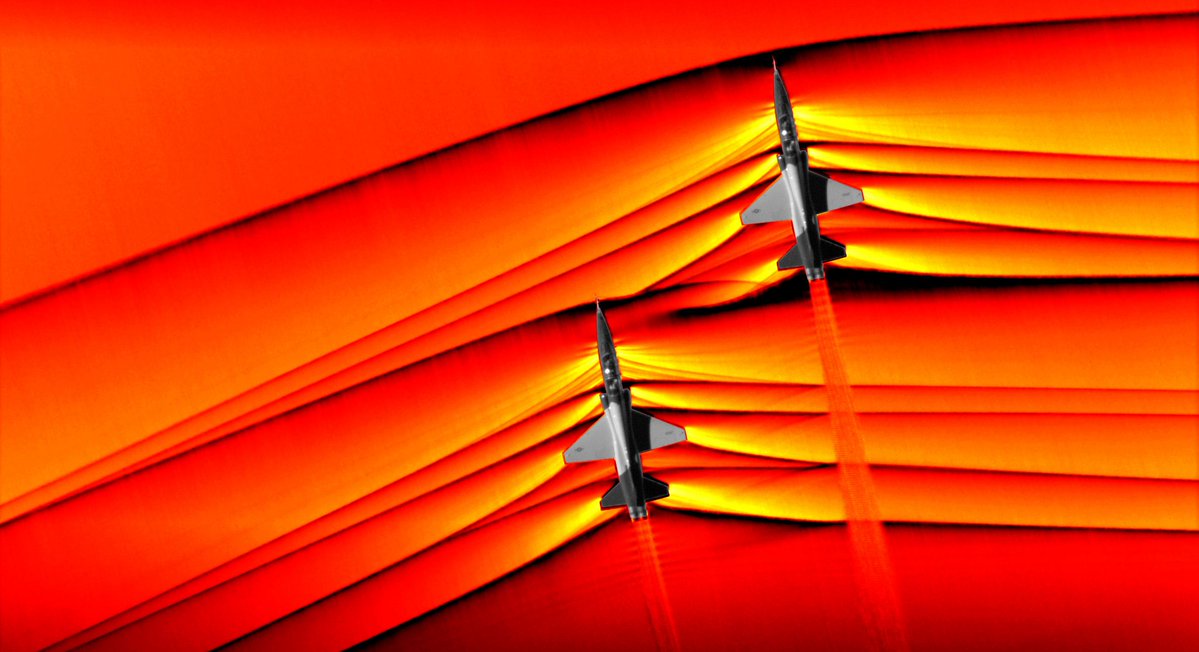After more than 10 years of hard work, NASA has reached another milestone. We’re accustomed to NASA reaching milestones, but this one’s a little different. This one’s all about a type of photography that captures images of the flow of fluids.
Continue reading “This is an Actual Photograph of the Shock Waves from Supersonic Jets Interacting with Each Other”You’re in This Picture. It’s a Selfie Taken by SpaceIL’s Beresheet Lunar Lander on its Way to the Moon
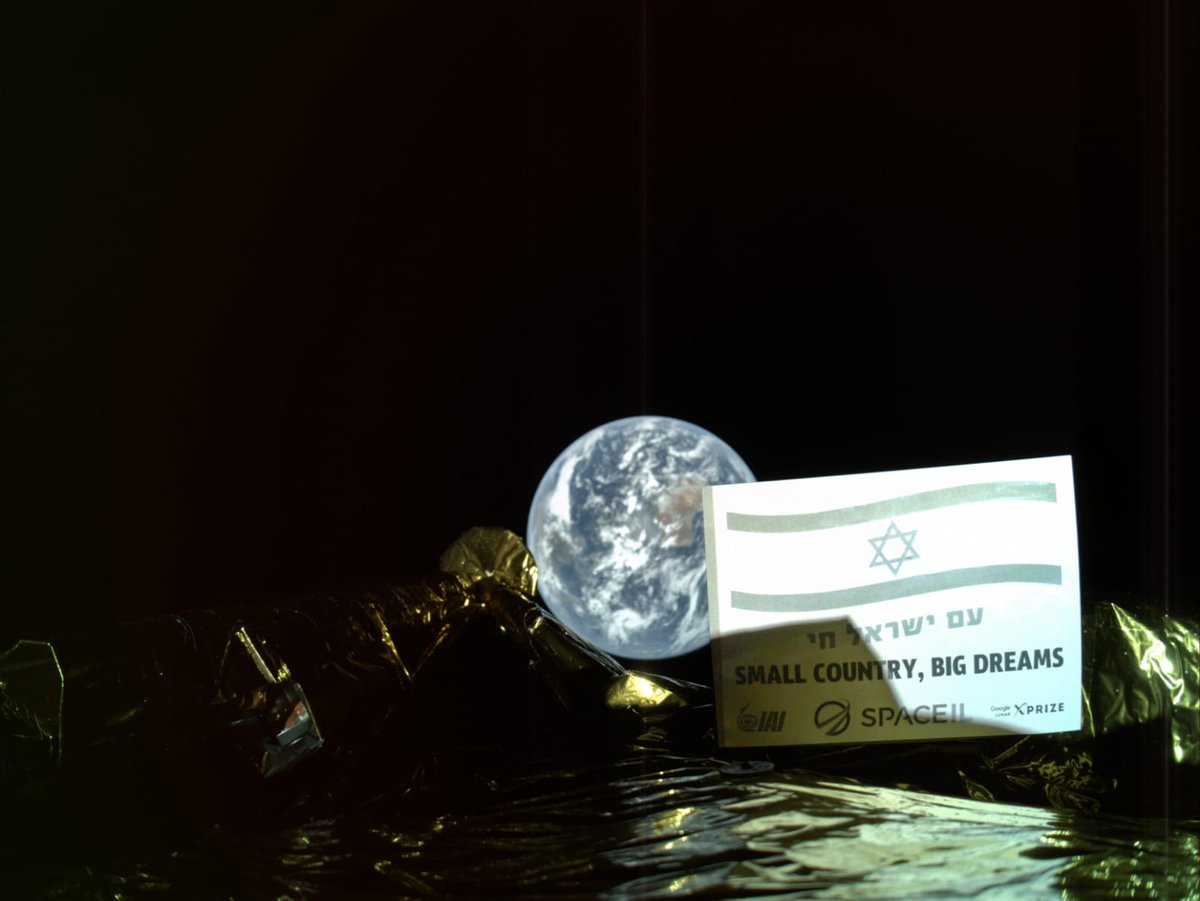
Israel’s space program doesn’t get a lot of headlines. Israel itself is in the news a lot, but usually for other reasons. But they do have a space program, and right now they have a lander, called Beresheet, on the way to the Moon.
Continue reading “You’re in This Picture. It’s a Selfie Taken by SpaceIL’s Beresheet Lunar Lander on its Way to the Moon”InSight’s Rock-hammer is About Half a Meter Down and has Already Run into Rocks.
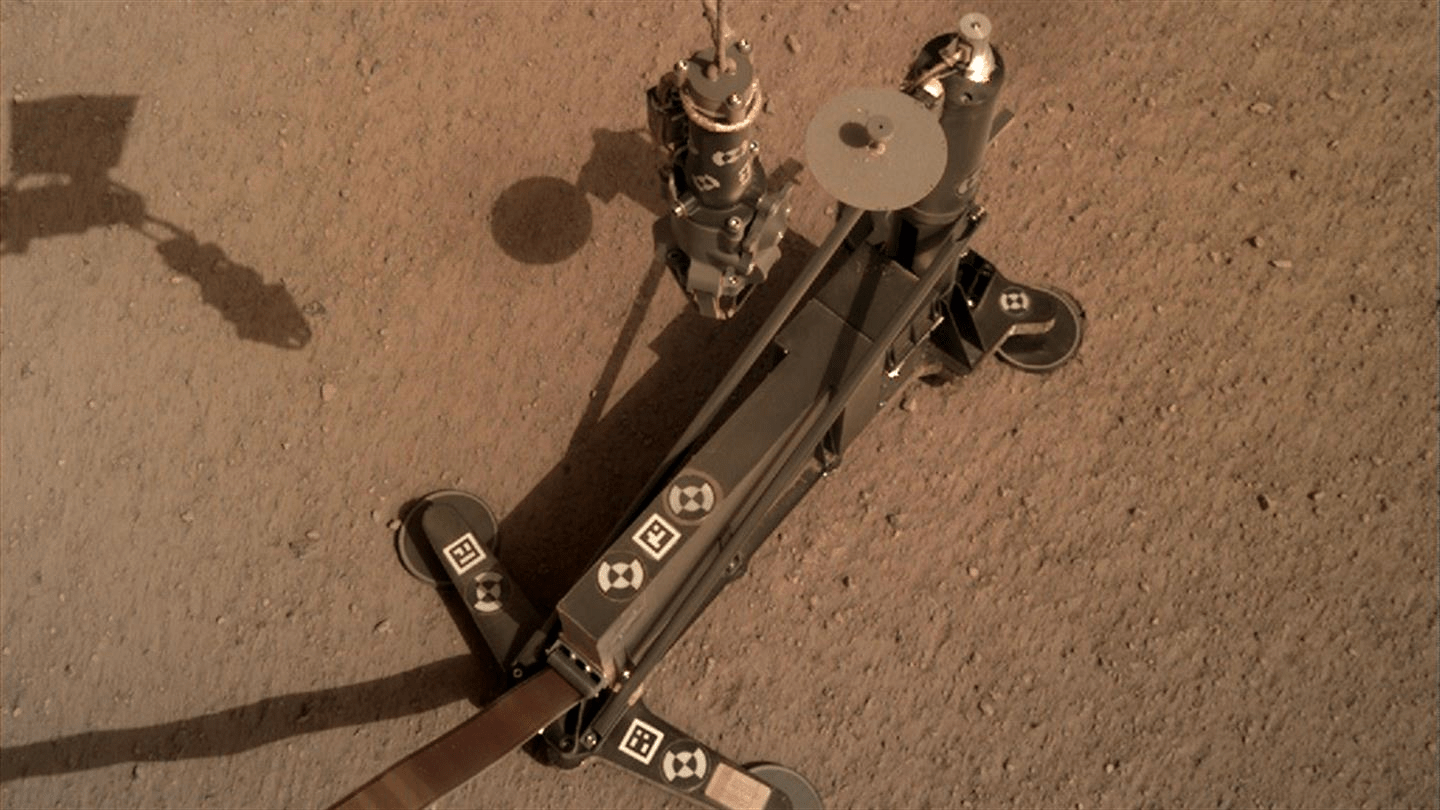
NASA’s InSight lander is busy deploying its Heat Flow and Physical Properties Package (HP3) into the Martian soil and has encountered some resistance. The German Aerospace Center (DLR), who designed and built the HP3 as part of the InSight mission, has announced that the instrument has hit not one, but two rocks in the sub-surface. For now the HP3 is in a resting phase, and it’s not clear what will happen next.
Continue reading “InSight’s Rock-hammer is About Half a Meter Down and has Already Run into Rocks.”Another Milestone for SpaceX as Crew Dragon Docks with ISS
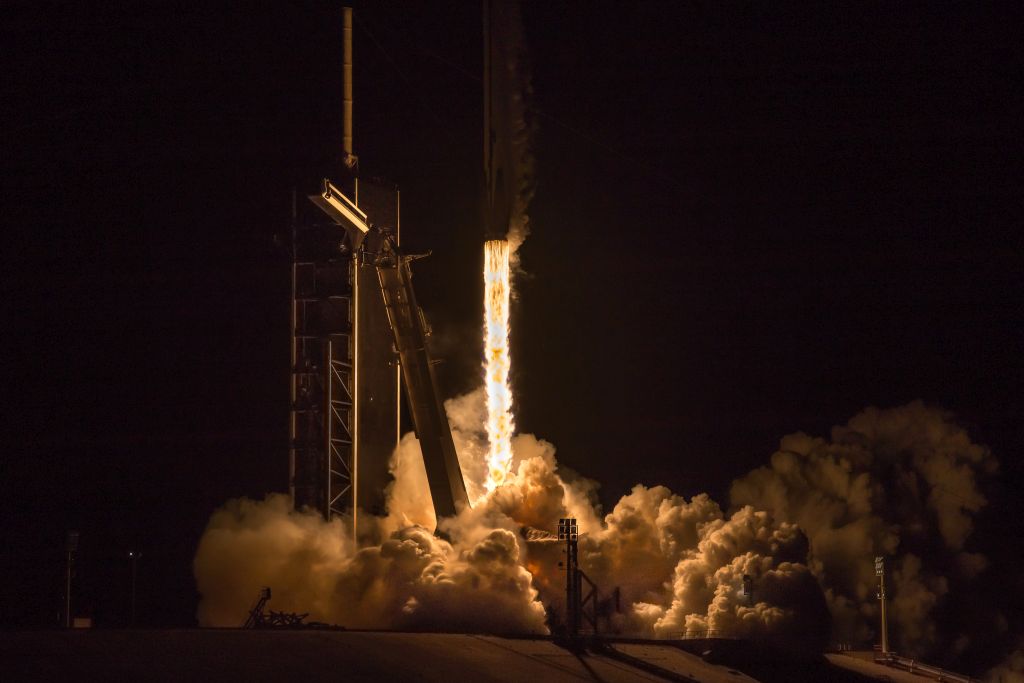
It’s another milestone for SpaceX as their Crew Dragon spacecraft successfully docked with the International Space Station.
In the early morning of March 2nd, the unmanned Crew Dragon launched from complex 39A at NASA’s Kennedy Space Center in Florida. Then on March 3, at approximately 6:00 AM, the spacecraft successfully docked with the space station. Universe Today had a photographer, Alex Brock, at the launch to capture the action.
Continue reading “Another Milestone for SpaceX as Crew Dragon Docks with ISS”More Evidence that Planet 9 is Really Out There
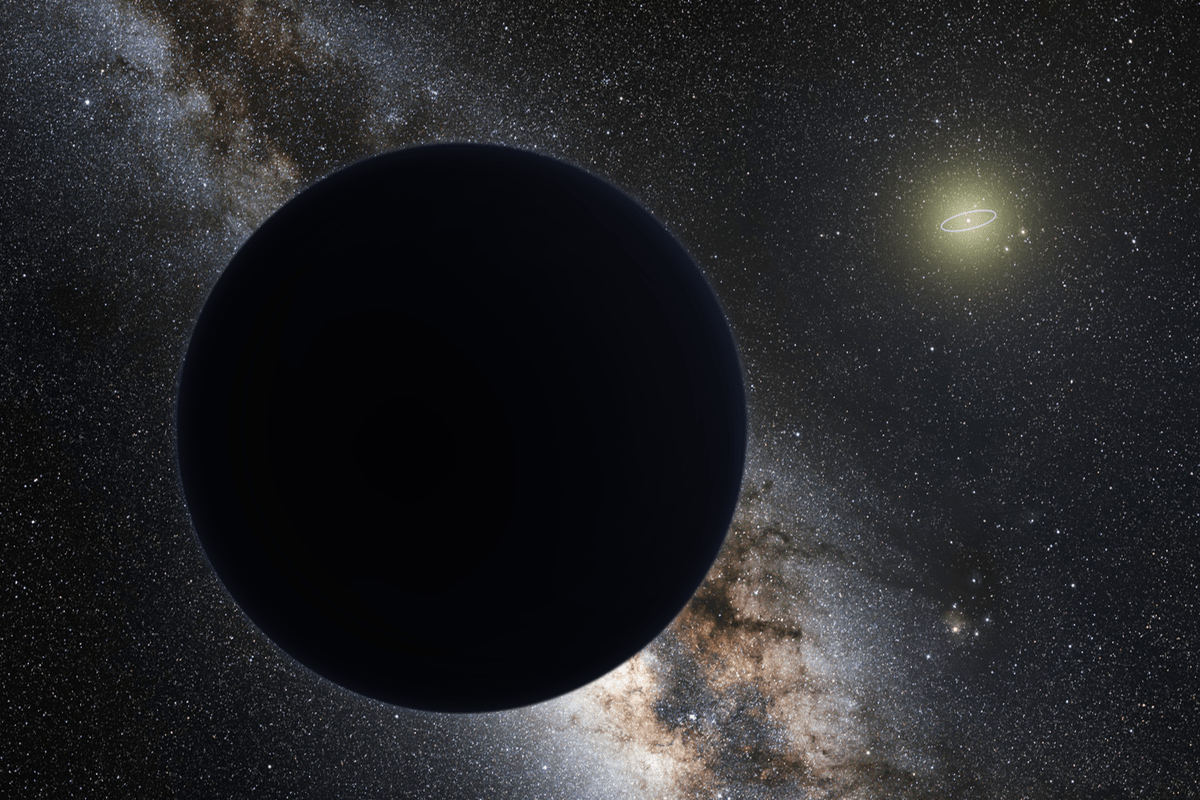
What’s going on in the distant reaches of our Solar System? Is there a Planet 9 out there?
Out in the frigid expanse of our System, there are bodies on orbital paths that don’t make sense in terms of our eight-planet Solar System. There seems to be an undiscovered body out there, several times more massive than Earth, shaping the orbits of some Kuiper Belt Objects (KBOs), and driving astronomers to look deeper and more thoroughly into the extreme reaches of our System.
What they’re looking for is the mysterious, and so far unproven, ninth planet.
Continue reading “More Evidence that Planet 9 is Really Out There”The Record for the Most Distant Object in the Solar System has been Shattered. Introducing FarFarOut at 140 Astronomical Units
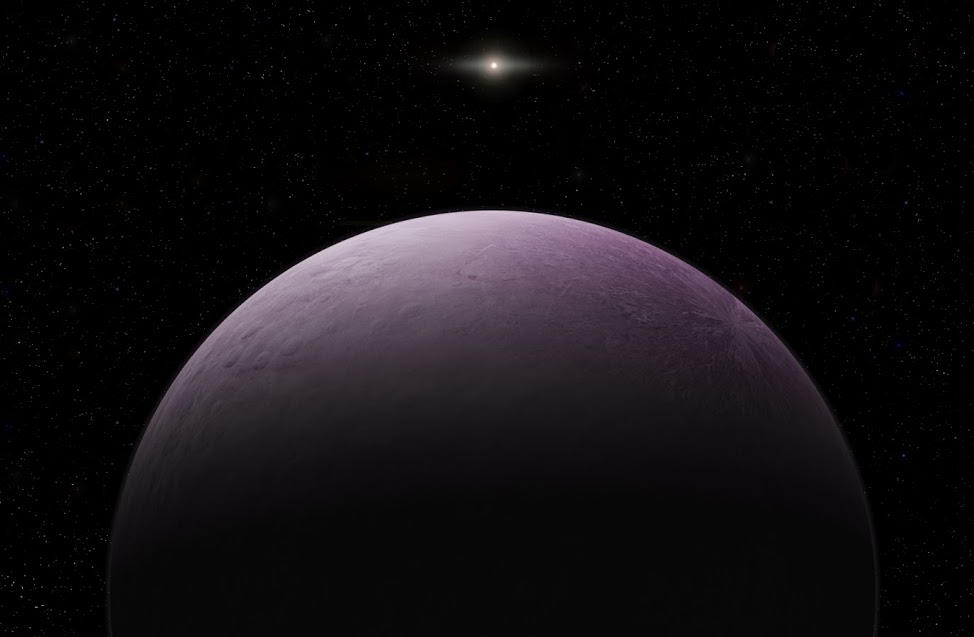
Remember Far Out, the distant planet at the far reaches of the Solar System, that was discovered in December, 2018? Well, it has been kicked unceremoniously off its pedestal as the most distant object after a short, two-month reign. In its place is the very newly-discovered FarFarOut (FFO.)
And if it weren’t for a heavy snowfall, things might have turned out differently.
Continue reading “The Record for the Most Distant Object in the Solar System has been Shattered. Introducing FarFarOut at 140 Astronomical Units”Virgin Galactic Sends Three People to the Edge of Space. Flights with Paying Customers Around the Corner Now
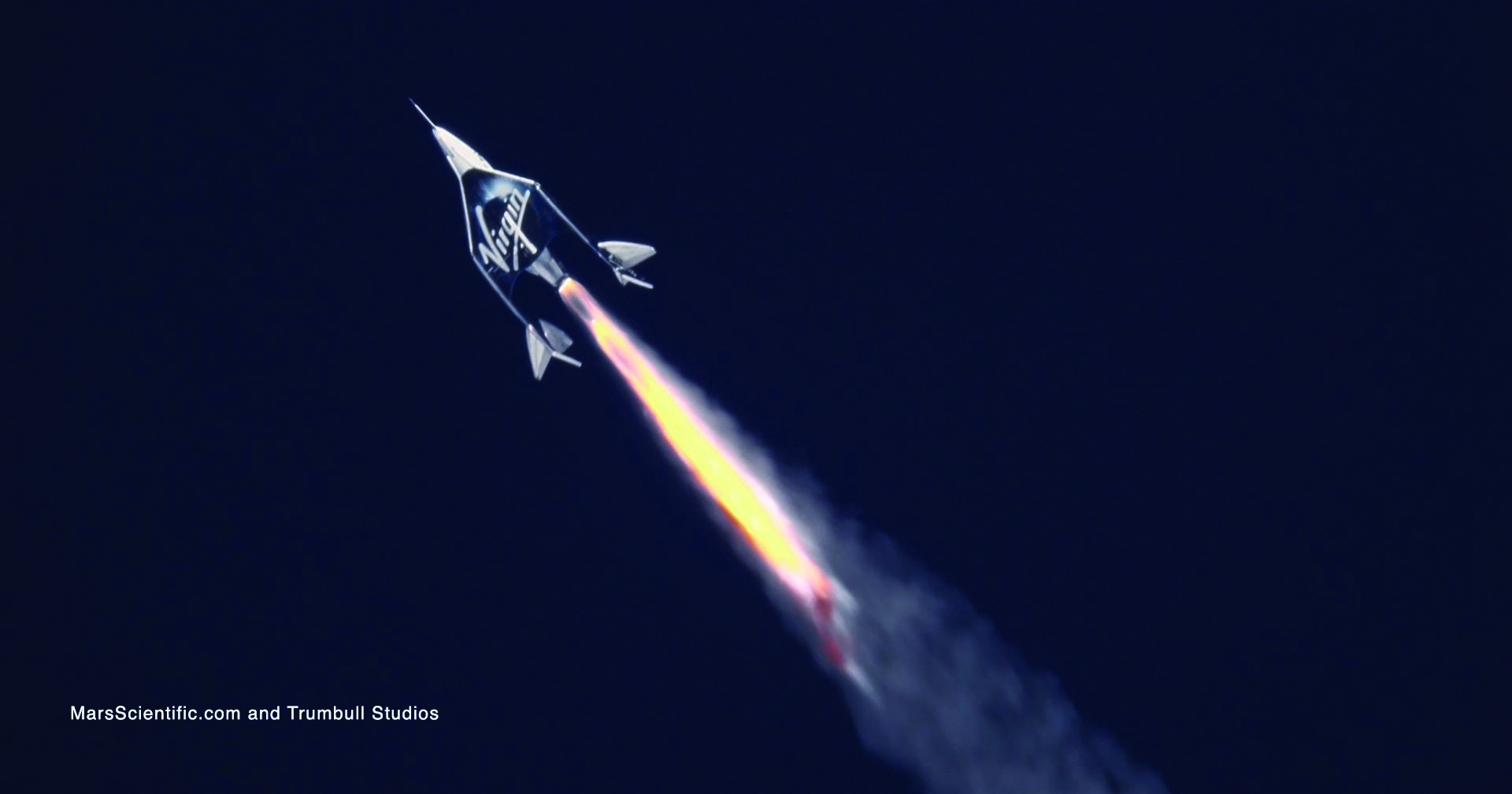
Virgin Galactic has reached another milestone in their fight test program. The VSS Unity spacecraft carried a third crew member on board, in its fifth rocket-powered test flight. It was the second time that the spacecraft reached space.
Continue reading “Virgin Galactic Sends Three People to the Edge of Space. Flights with Paying Customers Around the Corner Now”NASA has Cleared Crew Dragon to Fly. Demo-1 Launches on March 2

NASA has announced that the SpaceX Crew Dragon capsule is ready for its first demo flight. After discussions with SpaceX, both NASA and Elon Musk’s private space company determined that it was time for Dragon to fly. The date for the flight is March 2nd.
Continue reading “NASA has Cleared Crew Dragon to Fly. Demo-1 Launches on March 2”Massive Volcanic Eruptions 66 Million Years Ago Happened Almost Exactly When the Dinosaurs Died Off
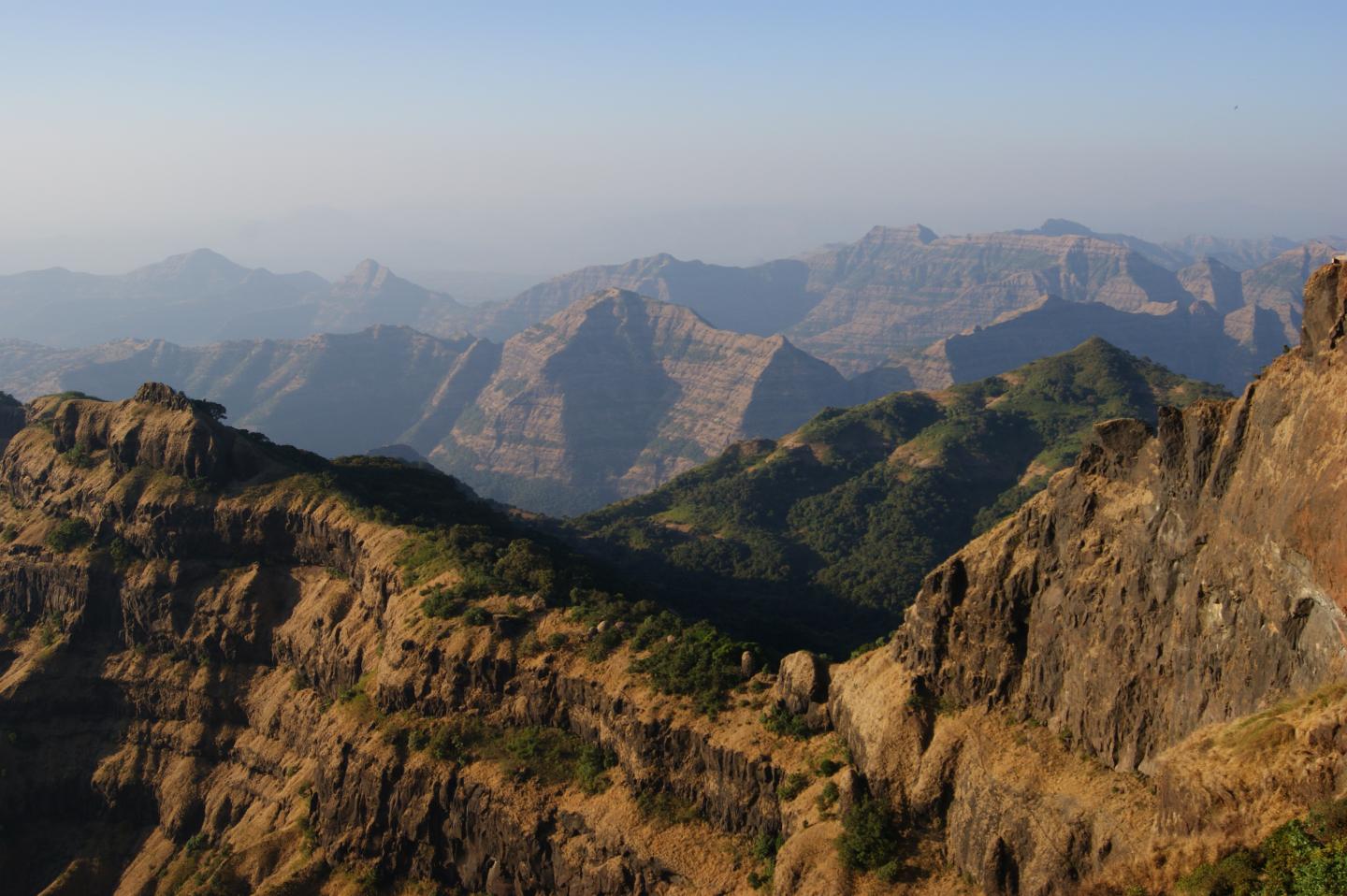
Everyone knows an asteroid strike wiped out the dinosaurs, right? Lots of evidence shows that the Chicxulub impact event had terrible consequences for the dinosaurs. But the picture is a little more complicated than that. Extreme volcanic activity may have contributed to the extinction.
Continue reading “Massive Volcanic Eruptions 66 Million Years Ago Happened Almost Exactly When the Dinosaurs Died Off”Say Hello to Hippocamp! The New Moon Discovered at Neptune, Which Could Have Broken off from the Larger Moon Proteus
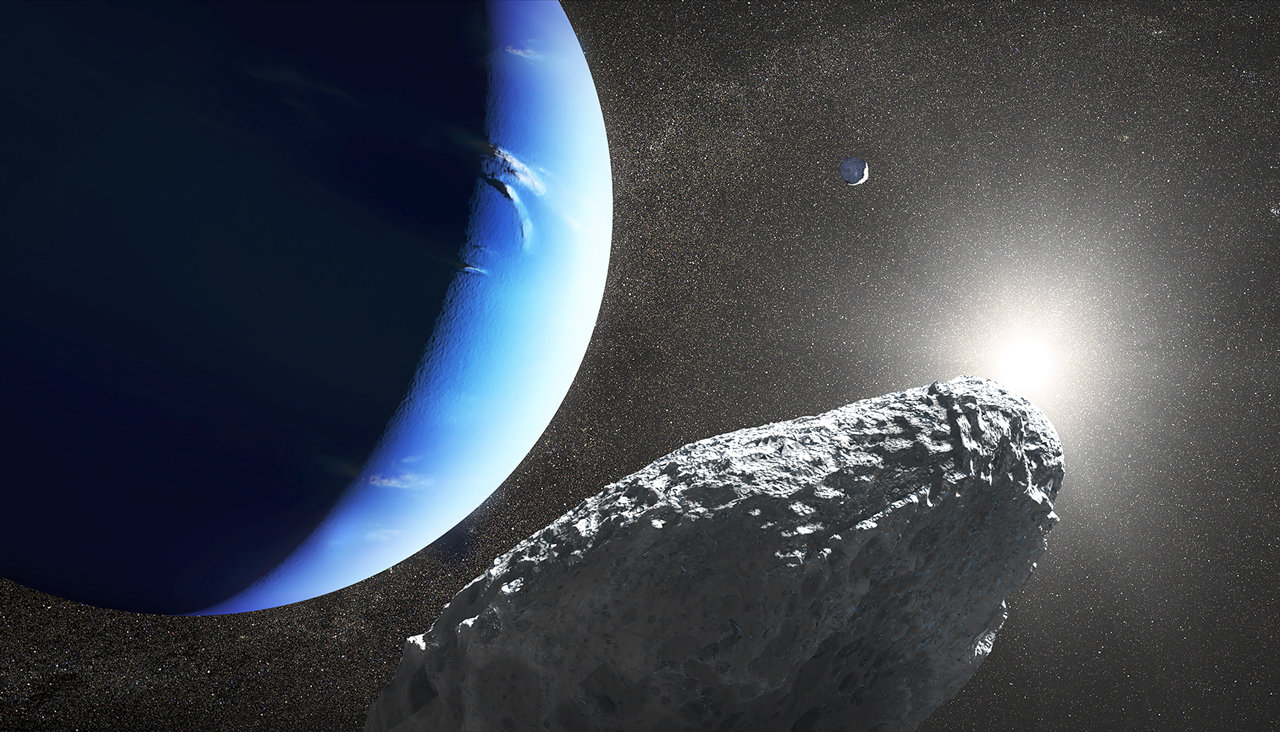
Moons have the coolest names, don’t they? Proteus, Titan, and Callisto. Phobos, Deimos, and Encephalitis. But not Io. That’s a stupid name for a moon. There’s only two ways to pronounce it and we still get it wrong. Anyway, now we have another cool one: Hippocamp!
Okay, maybe the new name isn’t that cool. It sounds like a summer camp for overweight artiodactyls. But whatever. It’s not every day our Solar System gets a new moon.
Continue reading “Say Hello to Hippocamp! The New Moon Discovered at Neptune, Which Could Have Broken off from the Larger Moon Proteus”
